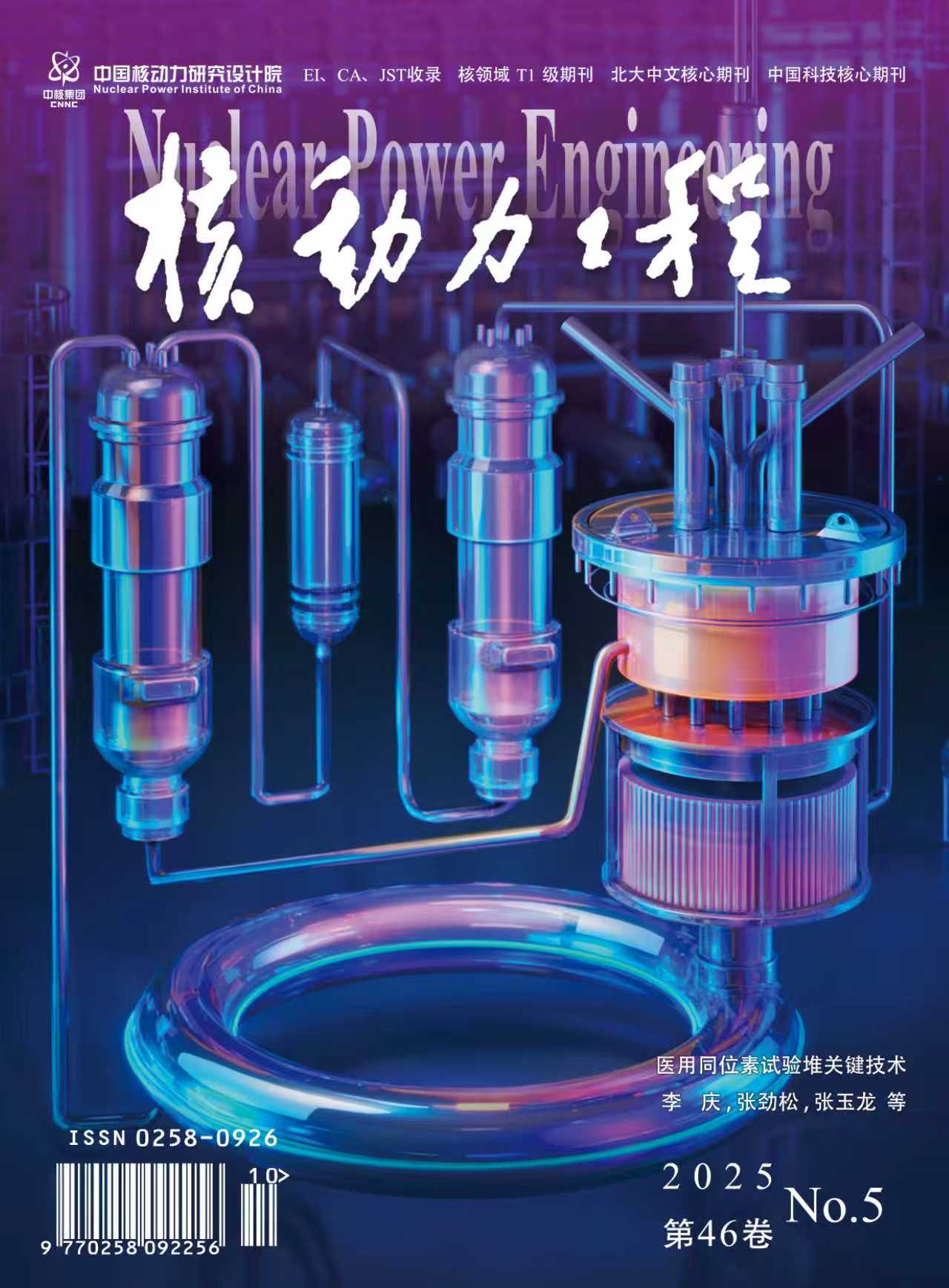2010 Vol. 31, No. 4
Display Method:
2010, 31(4): 1-4.
Abstract:
2010, 31(4): 5-7,20.
Abstract:
2010, 31(4): 8-11.
Abstract:
2010, 31(4): 12-15.
Abstract:
2010, 31(4): 16-20.
Abstract:
2010, 31(4): 21-24.
Abstract:
2010, 31(4): 25-30.
Abstract:
2010, 31(4): 31-35.
Abstract:
2010, 31(4): 36-40.
Abstract:
2010, 31(4): 41-47.
Abstract:
2010, 31(4): 48-51.
Abstract:
2010, 31(4): 52-56.
Abstract:
2010, 31(4): 57-60.
Abstract:
2010, 31(4): 61-65.
Abstract:
2010, 31(4): 66-70.
Abstract:
2010, 31(4): 71-73,77.
Abstract:
2010, 31(4): 74-77.
Abstract:
2010, 31(4): 78-81.
Abstract:
2010, 31(4): 82-86.
Abstract:
2010, 31(4): 87-90.
Abstract:
2010, 31(4): 91-95.
Abstract:
2010, 31(4): 96-100.
Abstract:
2010, 31(4): 101-105.
Abstract:
2010, 31(4): 106-109.
Abstract:
2010, 31(4): 110-113,129.
Abstract:
2010, 31(4): 114-117.
Abstract:
2010, 31(4): 118-120.
Abstract:
2010, 31(4): 121-124.
Abstract:
2010, 31(4): 125-129.
Abstract:
2010, 31(4): 130-132,142.
Abstract:
2010, 31(4): 133-137.
Abstract:
2010, 31(4): 138-142.
Abstract:



